Steel Industry: Replace Tailpipe Emissions Testing With Lifecycle Analysis
Light-weight materials such as carbon-fiber, aluminum and magnesium are widely touted as key components of the drive towards greater fuel economy. Which explains why the automotive steel supplier industry is suddenly calling for an end to tailpipe emissions testing and a switch to the more holistic life cycle analysis testing. According to a press release from WorldAutoSteel, an industry group, the production of steel alternatives can create up to 20 times the carbon emissions of steel.
Director Cees ten Broek explains
When vehicle emissions assessments are focused solely on the emissions produced during the driving phase (tailpipe), it encourages the use of greenhouse gas-intensive materials in the effort to reduce vehicle weight and fuel consumption. However, this may have the unintended consequence of increasing greenhouse gas emissions during the vehicle’s total life cycle. Regulations that focus only on one part of the vehicle’s life cycle will become immediately out of date as the electric vehicle becomes more prominent on the road. We are only shifting the problem to other vehicle life cycle phases.
It’s always interesting to watch industries react when their self-interest suddenly aligns with idealism, but steel industry self-interest isn’t a reason to reject this idea out of hand. A study by the engineering firm Ricardo [ PDF here] shows that as batteries and lightweight materials increase the amount of “embedded carbon” in cars, the production-side emissions are expected to reach 57% of life cycle emissions. In light of this trend, it’s not difficult to see why regulating tailpipe emissions alone makes little sense in a comprehensive carbon-regulation scheme. But, as the Ricardo study also shows, life cycle analysis is difficult and complicated. Imagining those complex calculations being fed into the complexity of a CAFE-style program literally makes the mind boggle.
More by Edward Niedermeyer
Latest Car Reviews
Read moreLatest Product Reviews
Read moreRecent Comments
- Mike Beranek In the sedan game, it's now either Camry or Accord. The rest are just background noise.
- Theflyersfan I know their quality score hovers in the Tata range, but of all of the Land Rovers out there, this is the one I'd buy in a nanosecond, if I was in the market for an $80,000 SUV. The looks grew on me when I saw them in person, and maybe it's like the Bronco where the image it presents is of the "you're on safari banging around the bush" look. Granted, 99% of these will never go on anything tougher than a gravel parking lot, but if you wanted to beat one up, it'll take it. Until the first warning light.
- Theflyersfan $125,000 for a special M4. Convinced this car exists solely for press fleets. Bound to be one of those cars that gets every YouTube reviewer, remaining car magazine writer, and car site frothing about it for 2-3 weeks, and then it fades into nothingness. But hopefully they make that color widespread, except on the 7-series. The 7-series doesn't deserve nice things until it looks better.
- Master Baiter I thought we wanted high oil prices to reduce consumption, to save the planet from climate change. Make up your minds, Democrats.
- Teddyc73 Oh look dull grey with black wheels. How original.
















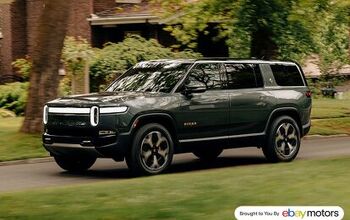

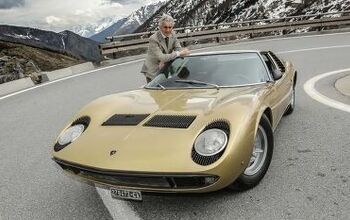





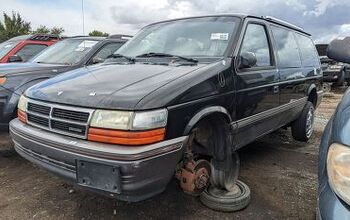
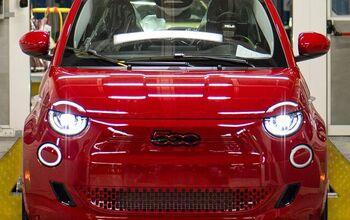

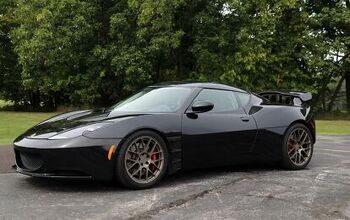

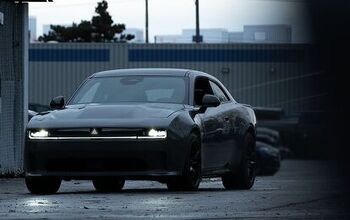
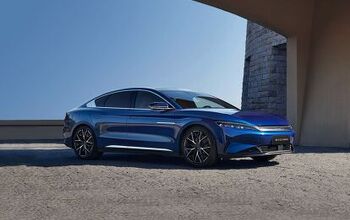
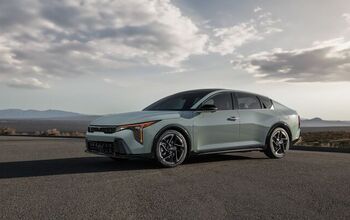

Comments
Join the conversation
I always love how parties try to jump on a bandwagon without actually acknowledging the bandwagon's legitimacy. Is the steel industry prepared to admit that anthropomorphic carbon emmissions are causing a climate problem?
1. If we switch to carbon composites from steel, then you should include the sequestered carbon in the car itself. 2. The longer you keep your car, the greater the fuel component of the calculation will be. You only have to make the structure once, but you have to continually fuel it. Keep it long enough and what it's made of becomes virtually irrelevant (so long as it lasts that long).